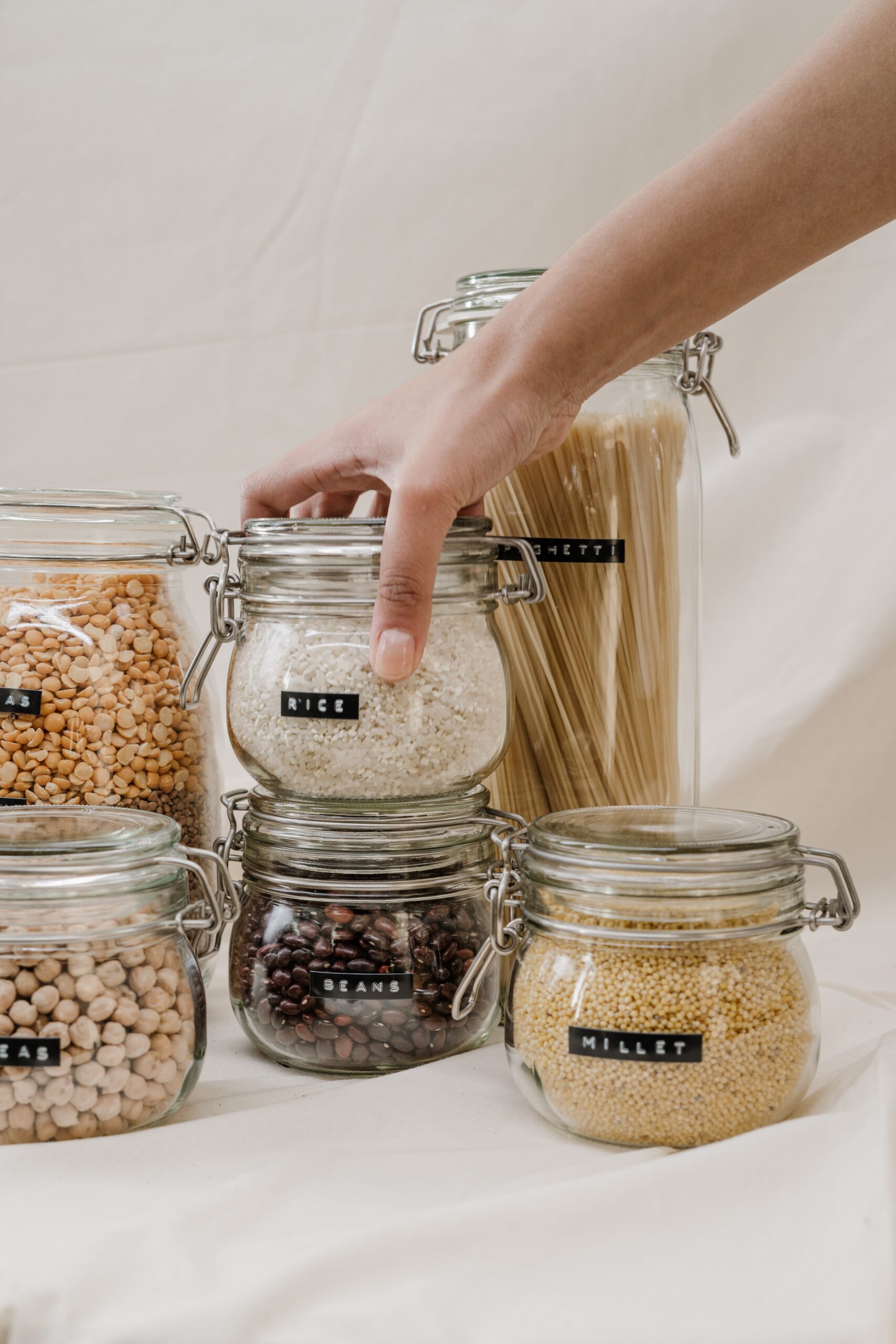
Cannellini beans, with their creamy texture and slightly nutty flavor, are a beloved ingredient in various cuisines. However, there may be instances when you don’t have cannellini beans on hand or simply want to explore other options. In this blog post, we will dive into the world of beans and discover ten fantastic substitutes for cannellini beans, each with its unique flavor and texture. So let’s expand our culinary horizons and find the perfect alternatives for your next recipe!
Follow me on Instagram (@may.eighty.five) for more easy everyday recipes and kitchen tips. I can’t wait to connect with you!
What Are Cannellini Beans
Uses and Benefits of Cannellini Beans
Cannellini beans, also known as white kidney beans, are a type of legume widely used in various cuisines around the world. They are a staple in Italian cooking, commonly featured in dishes like Minestrone Soup, Pasta e Fagioli, and salads. Cannellini beans are an excellent source of protein, fibre, and essential minerals, making them a nutritious addition to any diet. Whether used in soups, stews, dips, or as a side dish, cannellini beans bring a satisfying taste and hearty texture to a wide range of culinary creations.
How To Describe Cannellini Beans
Cannellini beans can be described as creamy and smooth with a slightly nutty flavor. These medium-sized white beans have a soft yet firm texture when cooked, making them perfect for a variety of dishes. They have a subtle earthiness that pairs well with other ingredients, allowing their flavors to complement and enhance the overall taste of a recipe. Whether used in soups, salads, casseroles, or dips, cannellini beans add a velvety richness and depth to dishes, making them a versatile and delicious ingredient in the culinary world.
Are Cannellini Beans Good for You
Yes, cannellini beans are considered to be good for you due to their nutritional profile. They are a great source of plant-based protein, making them an excellent choice for vegetarians and vegans. Cannellini beans are also high in dietary fibre, which aids in digestion and helps promote feelings of fullness, potentially supporting weight management.
They contain important minerals such as iron, magnesium, and potassium, which play vital roles in various bodily functions. Additionally, cannellini beans are low in fat and cholesterol-free, making them a healthy option for maintaining a balanced diet. Incorporating cannellini beans into your meals can provide essential nutrients while contributing to overall health and well-being.
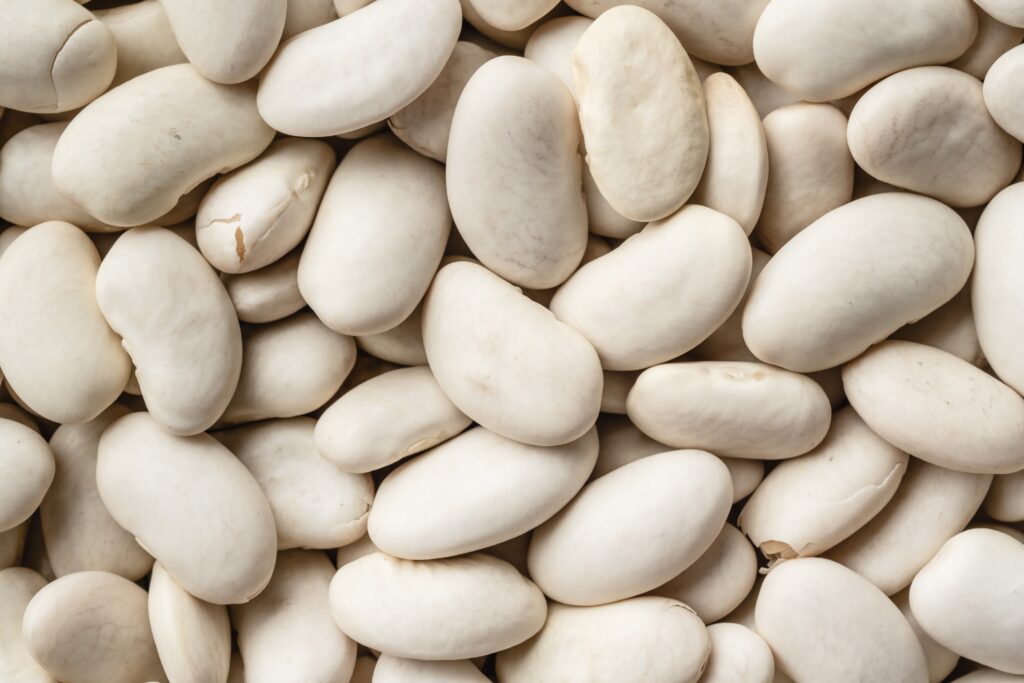
How Do You Cook Cannellini Beans
Cooking cannellini beans is a straightforward process that typically involves soaking and then simmering them until tender.
Basic Guide on How to Cook Cannellini Beans
- Soaking: Start by sorting through the beans to remove any debris or damaged beans. Rinse them under cold water. To speed up the cooking process and ensure even cooking, soak the beans overnight in a large bowl of water. Make sure the water covers the beans by at least a few inches.
- Drain and Rinse: After soaking, drain the beans and rinse them thoroughly with fresh water.
- Stovetop Cooking: Place the soaked and rinsed cannellini beans in a large pot and add enough water or broth to cover the beans by about an inch or two. You can also add aromatics like onion, garlic, or herbs for extra flavor. Bring the liquid to a boil, then reduce the heat to a gentle simmer. Cover the pot partially to allow steam to escape.
- Cooking Time: The cooking time for cannellini beans can vary, but they generally take around 60-90 minutes to become tender. Keep an eye on the beans, stirring occasionally and adding more water if necessary to ensure they remain covered.
- Testing for Doneness: To check if the beans are cooked, take a few beans and taste them for tenderness. They should be soft and creamy but not mushy. If they are not yet done, continue simmering and testing at regular intervals until desired tenderness is reached.
- Seasoning: Once the beans are cooked, season them with salt and any other desired herbs or spices. Adding salt earlier in the cooking process can toughen the beans, so it’s best to season towards the end.
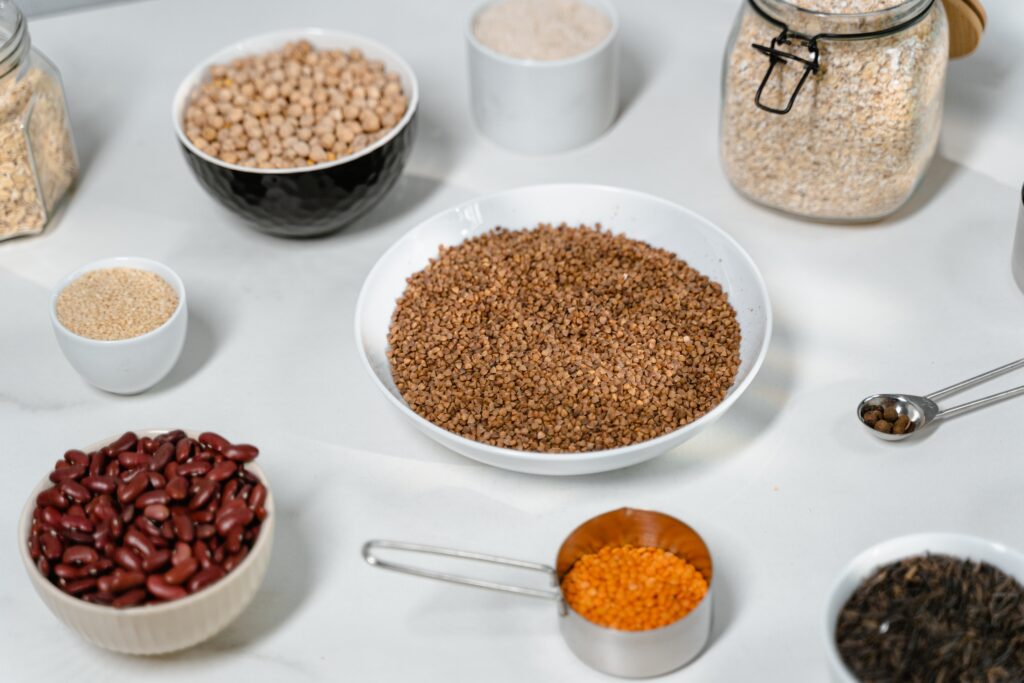
Best Substitutes for Cannellini Beans
So what happens if you don’t have Cannellini Beans on had? Not to worry, there are a few easy swaps you can make. These options are all widely available at your local grocery store and you might already have them in your pantry!
Red Kidney Beans
Red kidney beans are a popular choice for replacing cannellini beans. They have a robust flavor and a hearty texture that holds up well in soups, stews, and chili. Their vibrant red color adds visual appeal to dishes, and they provide a good source of protein and fibre. Try red kidney beans in this Spicy Chorizo Chili or my favourite decadent Vegetarian Chili with Dark Chocolate.
Navy Beans
Navy beans, also known as haricot beans, are small and oval-shaped with a mild flavor. These versatile beans are commonly used in baked beans, soups, and casseroles. They have a creamy texture when cooked, making them an excellent substitute for cannellini beans. This Creamy White Bean Soup is the perfect example of how creamy their texture is. You’ll even be surprised that is soup is dairy free.
Great Northern Beans
Northern beans are similar to navy beans in taste and texture, but slightly larger in size. They have a subtle flavor that pairs well with a variety of ingredients, making them suitable for bean salads, dips, and hearty dishes like Cassoulet. If you’re looking for the perfect weeknight meal, try this Baked White Bean Tomato Skillet. Best part? It’s all made in one pan and ready in 30 minutes!
Black Beans
If you’re looking to infuse your recipe with a touch of Latin American flair, black beans are an excellent choice. These beans have a dense and meaty texture, along with a rich, earthy taste. They work wonderfully in rice dishes, tacos, and even brownies!
Recipes using Black Beans
- Black Bean & Roasted Sweet Potato Burrito Bowls
- Easy Hearty Black Bean Tortilla Soup (with Corn)
- Black Bean, Cucumber and Feta Salad
- Black Bean Brownies
Garbanzo Beans (Chickpeas)
Garbanzo beans, or chickpeas, are a popular substitute for cannellini beans due to their creamy texture and mild nutty flavor. They are a staple in Mediterranean and Middle Eastern cuisines, often used in hummus, salads, stews, and curries.
Recipes using Garbanzo beans (chickpeas)
- Chickpea and Peanut Butter Cookies (with Chocolate Chips)
- Harissa Hummus
- Easy Kale and Chickpea Salad
- Lemon Pepper Hummus
- Creamy Spring Pasta Salad (with Asparagus)
- Roasted Chickpea Gyros
- Candied Chickpeas (Healthy Snack)
Fava Beans
Fava beans, also known as broad beans, have a buttery texture and a subtly sweet flavor. These beans are commonly used in Mediterranean and Middle Eastern cooking. They make a delightful addition to salads, pasta dishes, and purees (just like this Fava Bean Puree).
Adzuki Beans
Adzuki beans are small, red beans commonly used in Asian cuisine. They have a slightly sweet and nutty flavor, making them versatile for both sweet and savory dishes. Adzuki beans are used in desserts, soups, and traditional Japanese sweets. Try this Adzuki Bean Coconut Curry.
Butter Beans
Butter beans, also called lima beans, are large and creamy, with a subtle buttery taste. They are commonly used in stews, casseroles, and Succotash. Butter beans add a velvety texture and a delicate flavor to any dish they are used in.
Pinto Beans
Pinto beans are a staple in Mexican and Tex-Mex cuisine. They have a creamy texture and a rich, earthy flavor. Pinto beans are commonly used in refried beans, chili, and bean-based dips, bringing a delightful taste to these dishes. For more information on how to cook pinto beans, check this post out!
Marrow Beans
Marrow beans are similar in appearance and taste to cannellini beans, making them an excellent substitute. They have a creamy texture and a mild flavor, ideal for bean salads, soups, and casseroles.
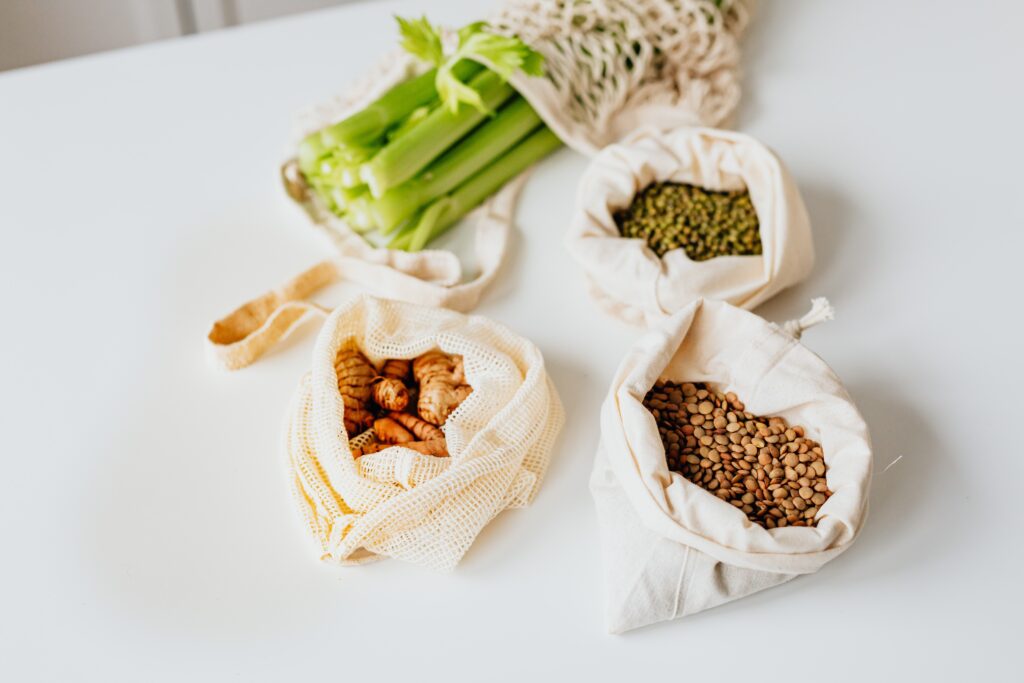
Conclusion
When it comes to substituting cannellini beans, you have a wealth of options to choose from. Whether you prefer the robust flavor of red kidney beans, the creamy texture of navy beans, or the slightly sweet taste of adzuki beans, there is a substitute to suit your culinary needs. Experimenting with these alternatives will not only diversify your recipes but also introduce you to new flavors and textures. So the next time you find yourself without cannellini beans, grab a can or cook up a batch of one of these substitutes and let your creativity soar in the kitchen!
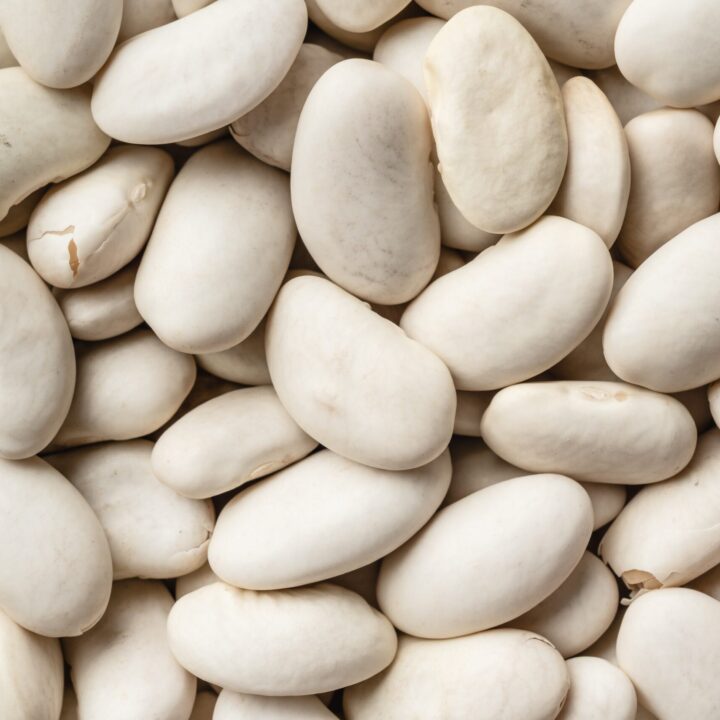
How To Cook Cannellini Beans
Cooking cannellini beans is a straightforward process that typically involves soaking and then simmering them until tender. For best results, follow the basic guide below.
Instructions
- Soaking: Start by sorting through the beans to remove any debris or damaged beans. Rinse them under cold water. To speed up the cooking process and ensure even cooking, soak the beans overnight in a large bowl of water. Make sure the water covers the beans by at least a few inches.
- Drain and Rinse: After soaking, drain the beans and rinse them thoroughly with fresh water.
- Stovetop Cooking: Place the soaked and rinsed cannellini beans in a large pot and add enough water or broth to cover the beans by about an inch or two. You can also add aromatics like onion, garlic, or herbs for extra flavor. Bring the liquid to a boil, then reduce the heat to a gentle simmer. Cover the pot partially to allow steam to escape.
- Cooking Time: The cooking time for cannellini beans can vary, but they generally take around 60-90 minutes to become tender. Keep an eye on the beans, stirring occasionally and adding more water if necessary to ensure they remain covered.
- Testing for Doneness: To check if the beans are cooked, take a few beans and taste them for tenderness. They should be soft and creamy but not mushy. If they are not yet done, continue simmering and testing at regular intervals until desired tenderness is reached.
- Seasoning: Once the beans are cooked, season them with salt and any other desired herbs or spices. Adding salt earlier in the cooking process can toughen the beans, so it’s best to season towards the end.

Christopher is a food and lifestyle expert, recipe developer and the content creator behind May Eighty Five. With years of experience in the kitchen, he also shares tips, tricks and how to’s that he has learnt over the years. Every week, he shares quick, simple and mostly healthy recipes along with some home and entertaining tips. You will find flavorful cocktails, delicious appetizers, tasty mains and some indulgent desserts. As a home decor enthusiast, he also likes to share simple DIY projects and simple tips for a beautiful home.



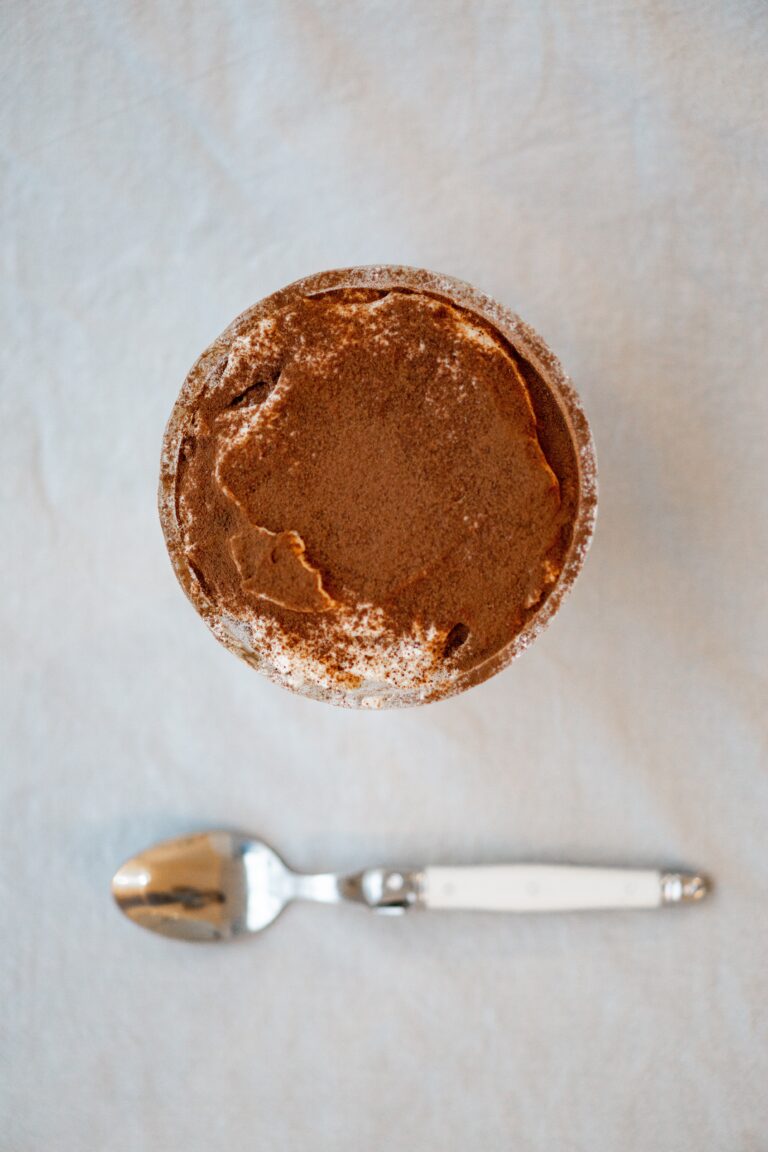


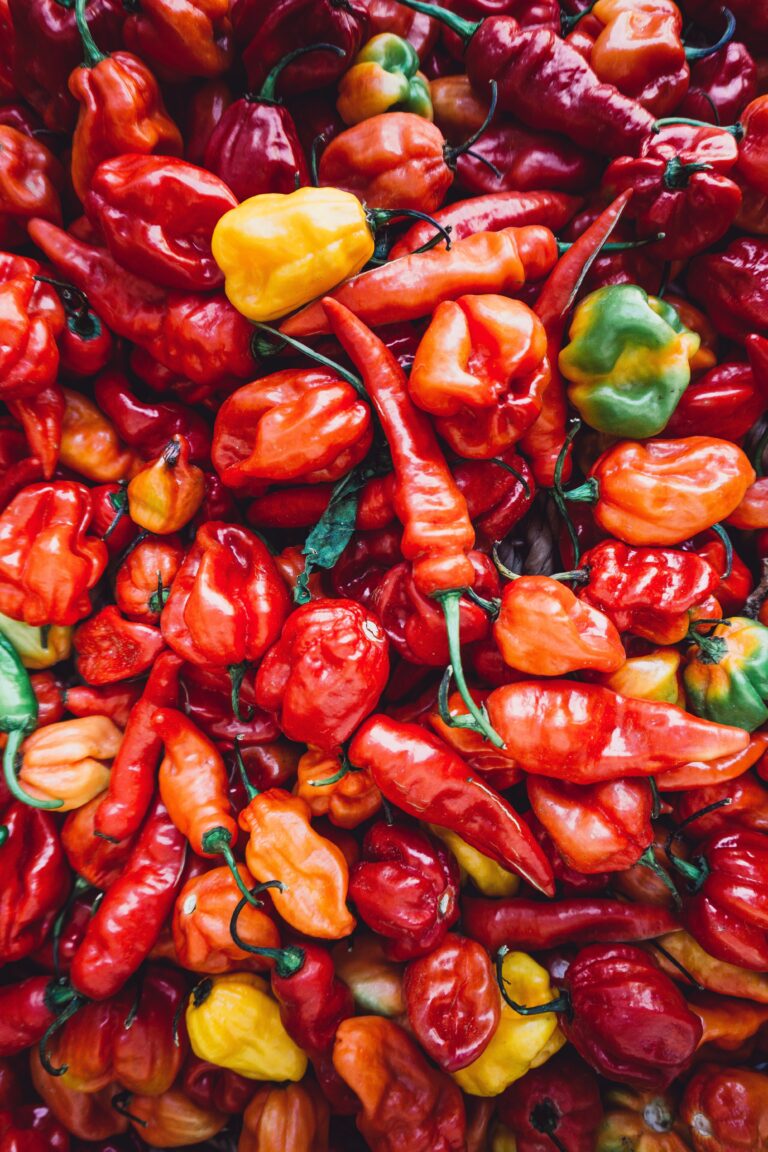
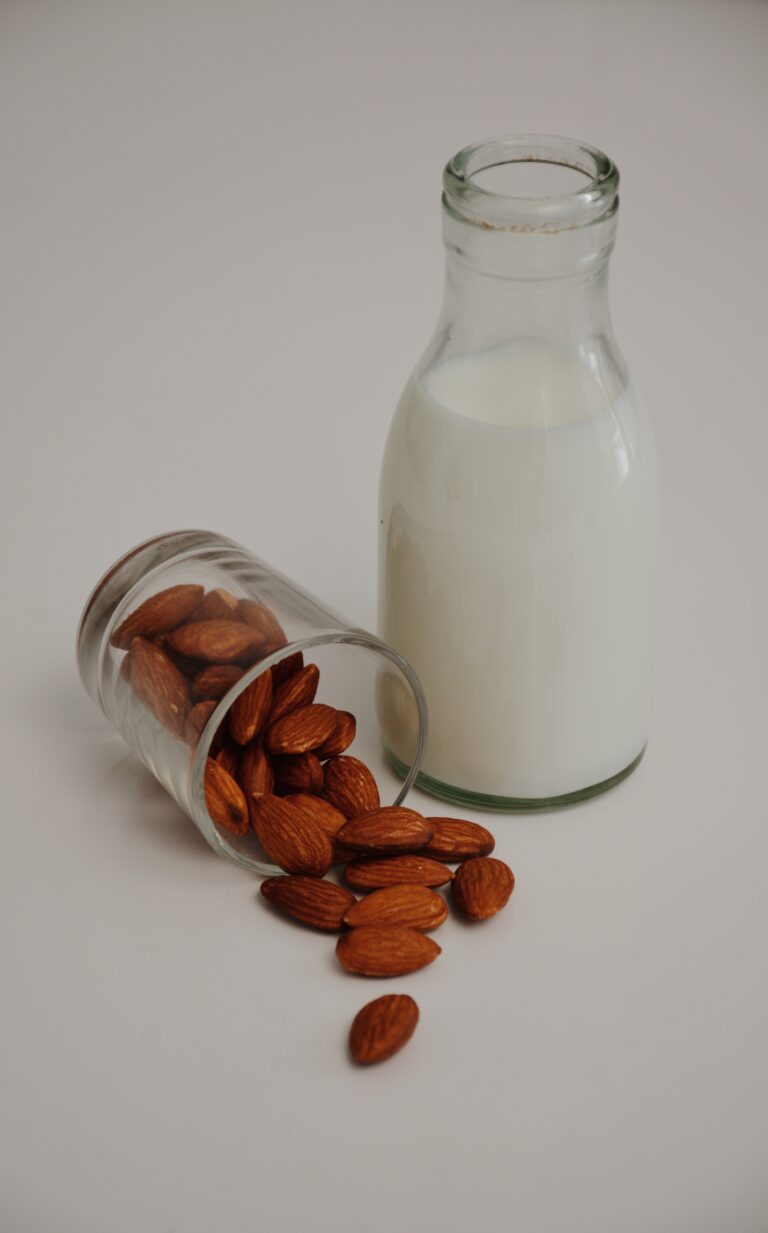
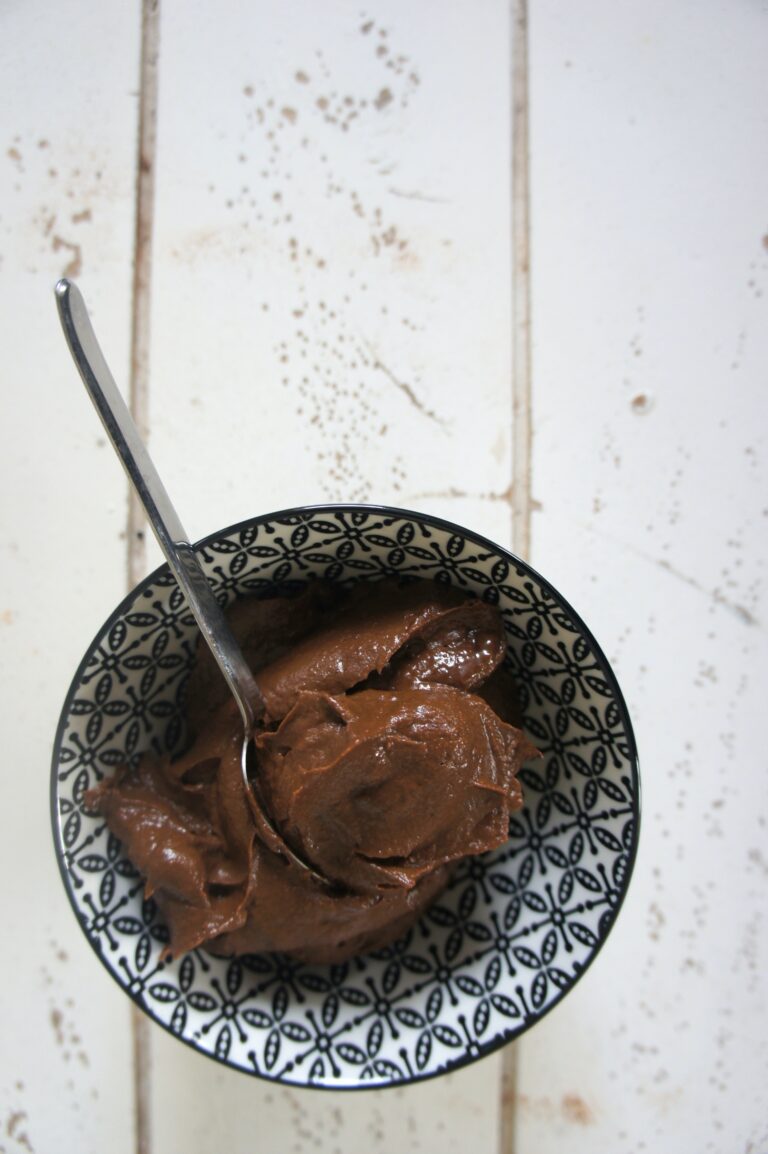
4 Comments